From Gears to Gadgets: Tracing the Journey of Watches Through Time and Technology
Timekeeping has long been more than a mere function; it has woven itself intricately into the fabric of our lives, shaping culture and personal identity. From the earliest sundials that danced with the sun’s shadows to the intricate gears of mechanical masterpieces, the evolution of watches reflects not just advancements in technology, but also shifts in human ingenuity and aesthetic sensibilities. as we navigate through history, we witness the transformation of these timepieces-from practical instruments designed to tame time into exquisite gadgets that embody style, innovation, and a touch of luxury. Join us on a captivating journey that explores how watches have transcended their original purpose, evolving into symbols of human achievement and artistic expression, while continuously adapting to the tides of modern technology.
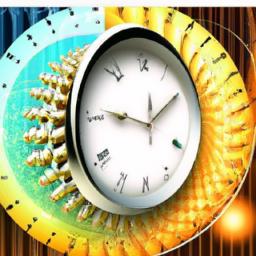
The Evolution of timekeeping: From Mechanical Precision to Smart Technology
from the intricate mechanics of the earliest sundials to the unfathomable complexity of modern smartwatches, the journey of timekeeping has been one of profound transformation. Mechanical watches, with their precise gears and springs, captivated enthusiasts by showcasing craftsmanship that was both functional and artistic. The art of horology flourished during the 17th century, leading to a renaissance of design where various styles emerged, each reflecting the era’s technological prowess. Now, these analog marvels are often seen as heirlooms, their ticking a soothing reminder of time’s passage and the relentless progress of innovation.
As we transitioned into the 21st century, digital technology exploded onto the scene, giving rise to smartwatches that not only tell time but also seamlessly integrate into our digital lives. These devices, equipped with remarkable features such as heart rate monitoring, GPS navigation, and mobile notifications, are not just timekeepers but health and dialog hubs. The leap from mechanical to digital has revolutionized our relationship with time, melding utility and style in ways that traditional watches never could. Below is a concise comparison highlighting some defining aspects of this evolution:
| Feature | Mechanical Watches | Smartwatches |
|---|---|---|
| Power Source | Winding or automatic | Rechargeable battery |
| Functionality | Timekeeping | Multi-functional (fitness tracking, notifications) |
| Materials | Metal, glass, leather | Metal, plastic, glass, silicone |
| Design | Classic, often ornate | Sleek, customizable displays |
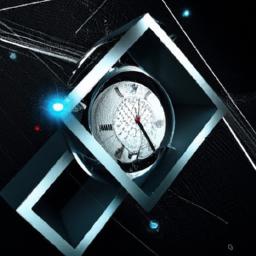
Designing Time: How Aesthetics and Functionality Shape Watch Innovation
The intersection of aesthetics and functionality has long been the cornerstone of watch design, as horologists strive to create timepieces that are not only precise but also visually captivating. Modern watches frequently enough feature an array of materials, from traditional metals and leather to innovative composites and ceramics. The allure of these designs lies in their ability to tell a story, merging craftsmanship with technology. Designers consider factors such as dial layout, color schemes, and strap options to create pieces that resonate emotionally with the wearer, ensuring that each watch is a statement of personal style. Key elements in this dance of design include:
- Silhouette: The overall shape and size that defines the watch’s character.
- Color Palette: Strategic use of colors to enhance visibility and evoke feelings.
- Material Choice: Selecting materials that balance durability and comfort while maintaining visual appeal.
though, aesthetic appeal alone cannot drive innovation; the integration of cutting-edge technology has ushered in a new era of functional design. smartwatches exemplify this beautifully,combining traditional timekeeping with features like fitness tracking,notifications,and customizable interfaces. As these devices evolve, they challenge conventional notions of what a watch can be, blurring the lines between fashion and functionality. The technological advancements are evident in the following aspects:
| Feature | Traditional Watches | Smartwatches |
|---|---|---|
| Timekeeping | Mechanical or quartz movements | Digital display with sync capabilities |
| Functionality | Basic time and date | Multiple apps,health tracking,notifications |
| Customization | Limited to wristbands and dials | dynamic watch faces,interchangeable bands |
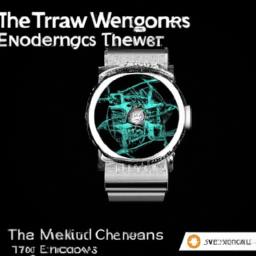
Navigating the Future: Key Trends and Must-Have Features in Modern Timepieces
As we venture deeper into the 21st century, the landscape of timekeeping is experiencing a remarkable transformation, driven by advancements in technology and shifting consumer preferences. Modern watches are no longer just about keeping time; they have evolved into multifunctional gadgets that resonate with the digital age. smartwatches, for instance, have taken center stage, seamlessly integrating fitness tracking, mobile notifications, and even health monitoring in a compact format. Features such as GPS navigation, heart rate sensors, and customizable watch faces have become essential, attracting a diverse audience looking for both functionality and style.
In parallel, traditional watchmakers are also adapting to this new era, merging classic craftsmanship with innovative technology. The resurgence of hybrid watches exemplifies this trend, combining analog aesthetics with smart functionalities. Key features carving the path forward include:
- Solar Power: Eco-pleasant options harnessing light for energy.
- Interchangeable Straps: Customization to fit any mood or occasion.
- Enhanced Water Resistance: Durability for outdoor adventures.
- Bluetooth connectivity: Synchronization with other devices for a connected lifestyle.
To illustrate the diversity in watch technologies, the following table highlights notable innovations and their features:
| Watch Type | Key Features |
|---|---|
| Smartwatch | Fitness tracking, notifications, GPS |
| Hybrid Watch | Analog look, smart features, activity tracking |
| Luxury Mechanical | Swiss craftsmanship, intricate movements |
This dynamic interplay of traditional artistry and modern technology is not only reshaping consumer expectations but also defining the future of horology. As these trends unfold, the next generation of timepieces will surely reflect a balance between timeless elegance and cutting-edge functionality, inviting both collectors and tech aficionados to appreciate the multifaceted beauty of modern watches.
In Summary
As we close the chapter on this intricate journey through time and technology, we find ourselves marveling at the evolution of watches-from the humble gears of the past to the complex gadgets of today. every tick and tock encapsulates not just the passage of time but also the spirit of human innovation and adaptability. Each era has left it’s mark, blending artistry with engineering, and tradition with modernity, creating timepieces that are as functional as they are beautiful.
In reflecting on this remarkable trajectory, we are reminded that a watch is more than a mere instrument for telling time; it is indeed a testament to the relentless pursuit of precision and style. As we strap on our watches-whether they be classic mechanical marvels or cutting-edge smart devices-we embrace the legacy left by countless artisans and inventors eager to push the boundaries of what is possible.
So,as the hands of time continue to turn,let us celebrate the watch,an enduring symbol of human ingenuity and a cherished companion on our own personal journeys through the ever-unfolding tapestry of life.



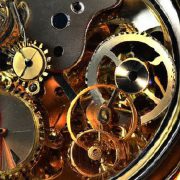

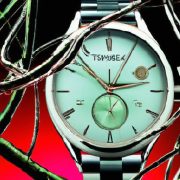









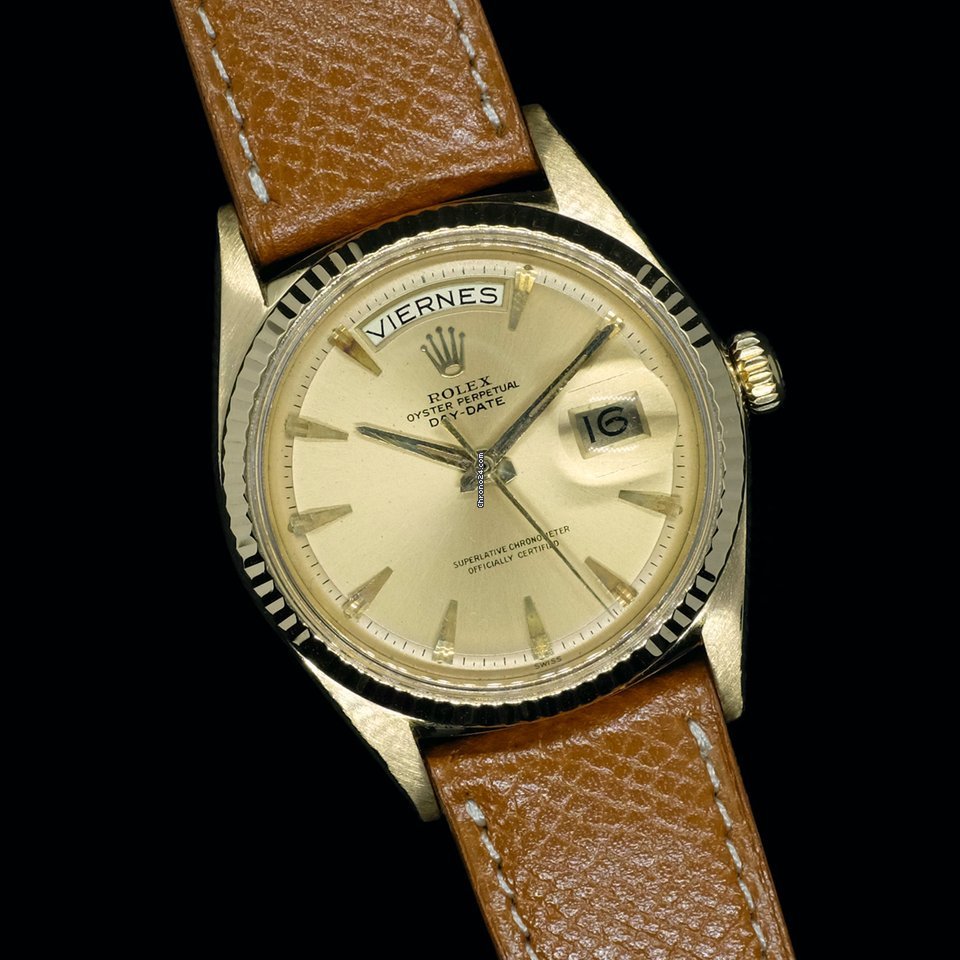
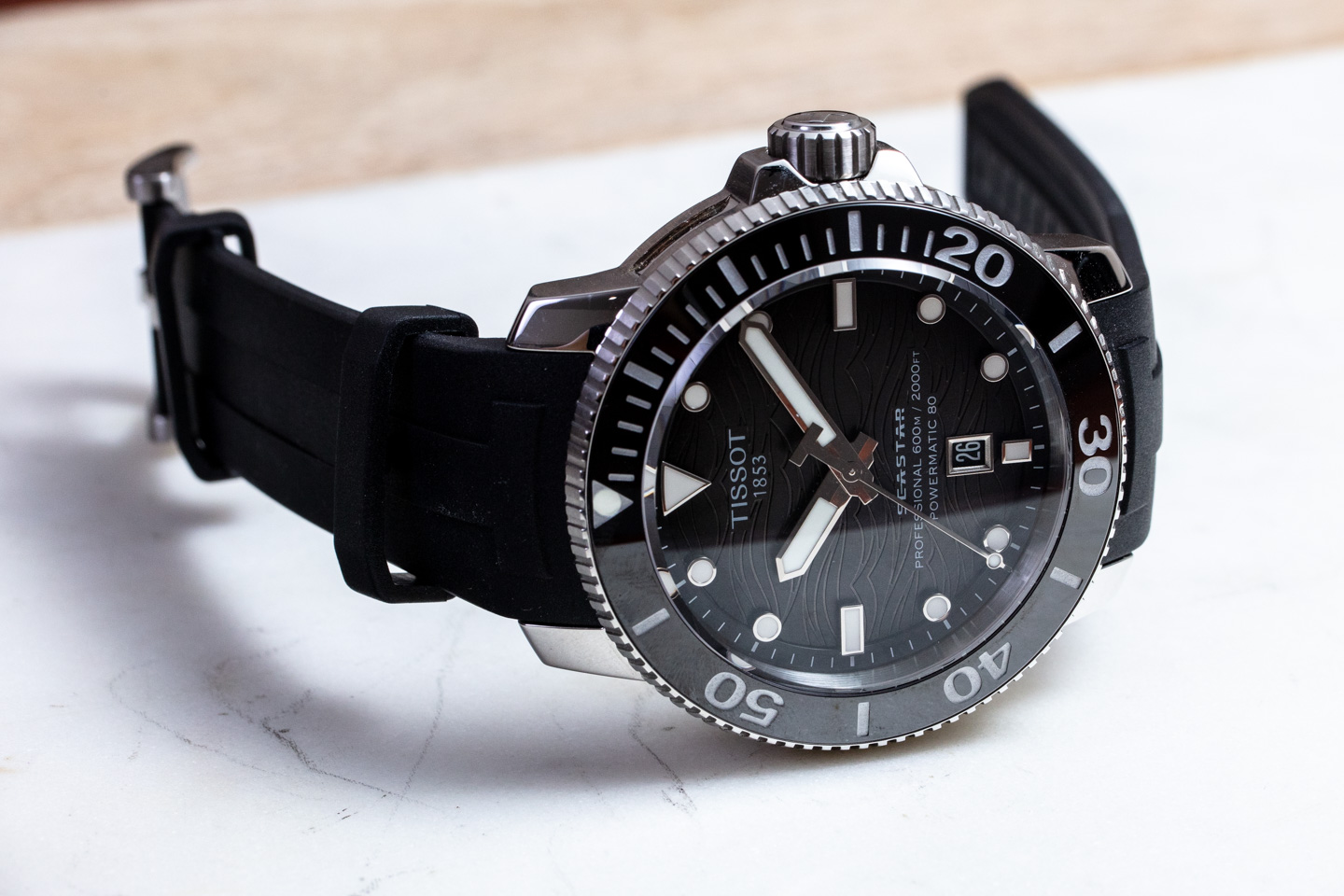

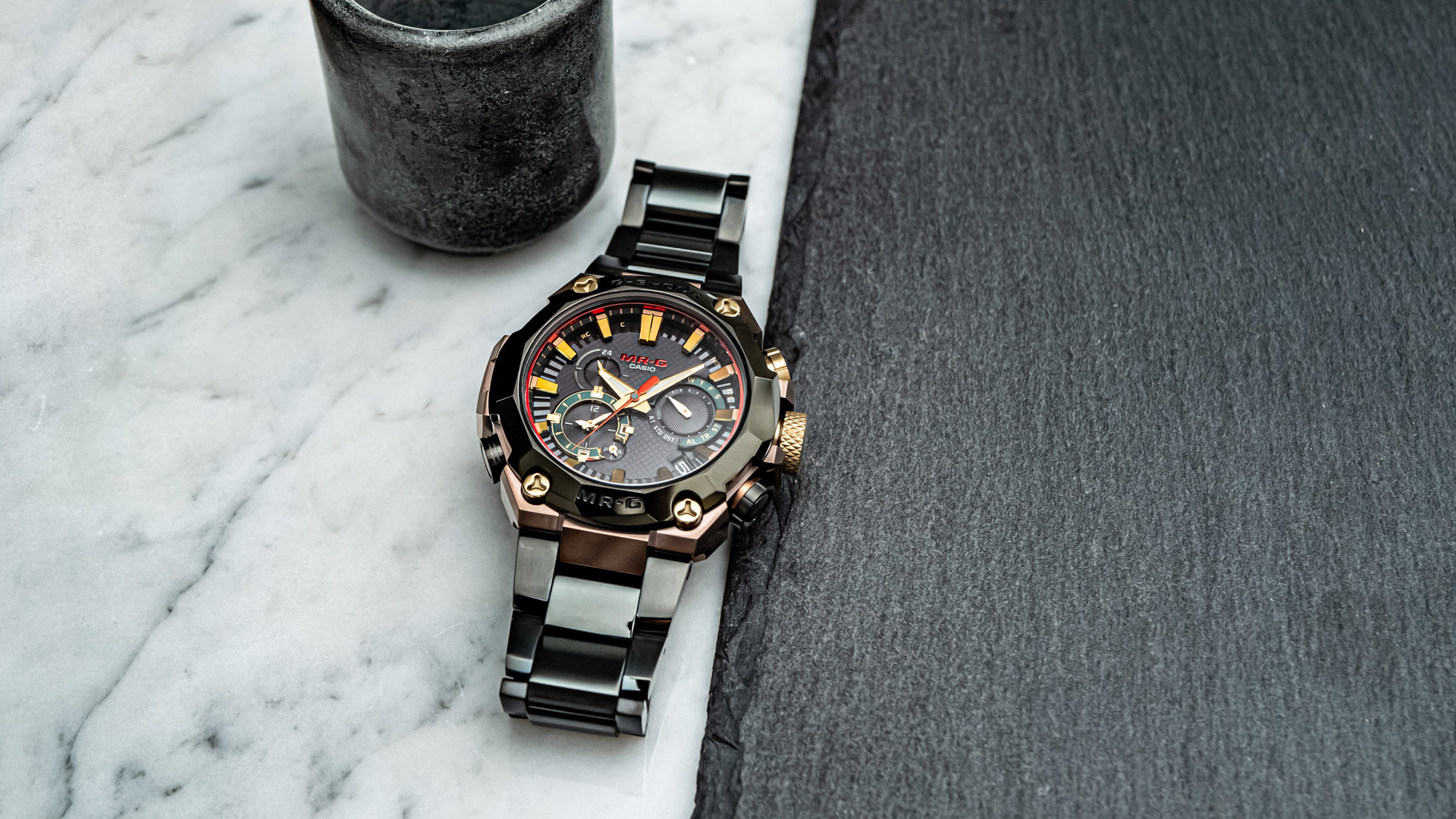
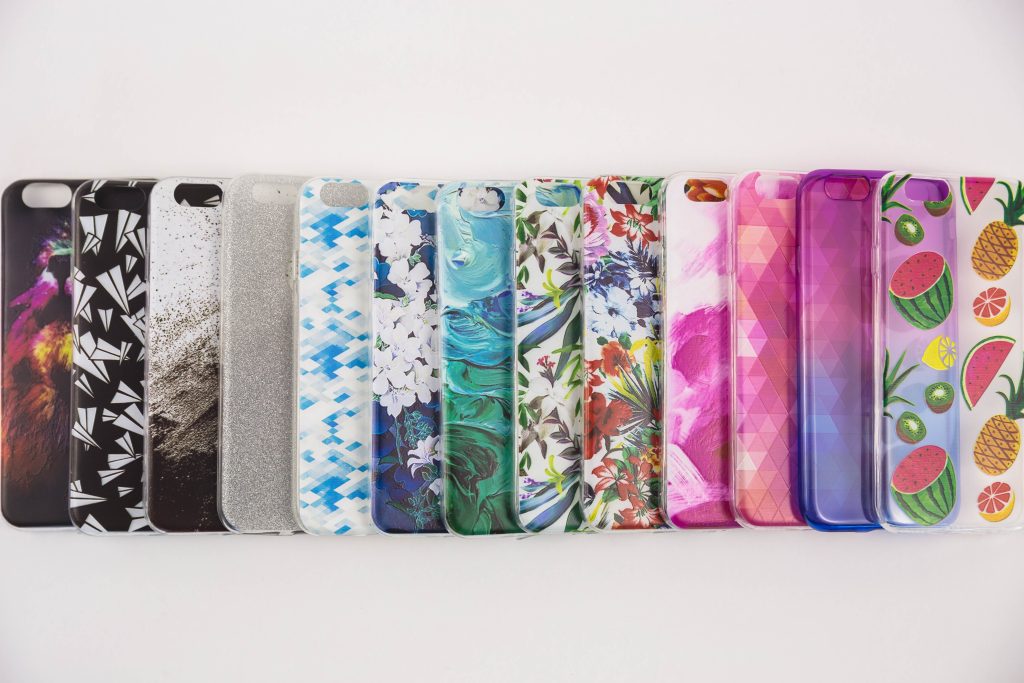

Comments